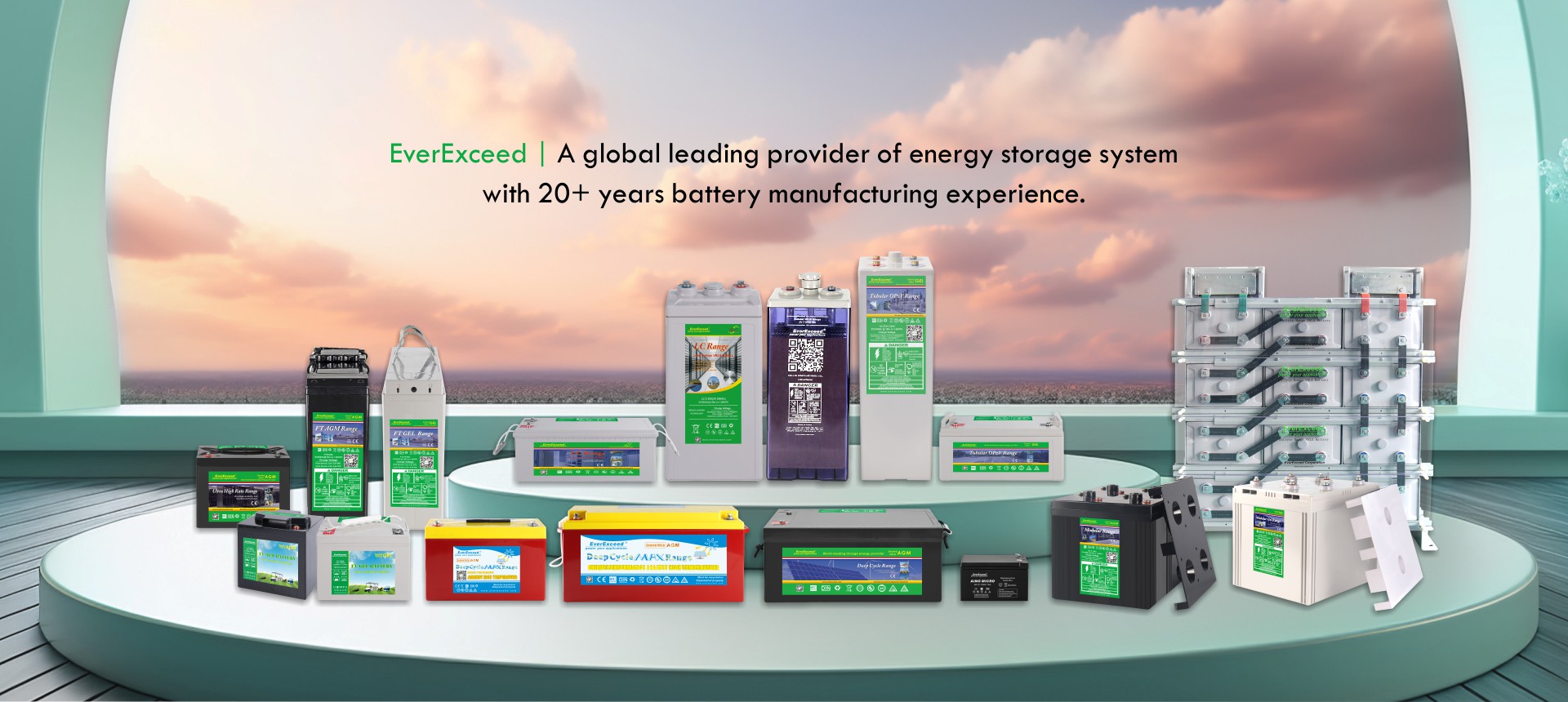(1) Densité électrolytique sous différentes bandes géographiques et climatiques. Que la densité de l'électrolyte soit élevée ou faible, il est nécessaire de procéder à une analyse spécifique à la situation spécifique. La température hivernale est basse, la viscosité de l'électrolyte est grande, il n'est pas facile de pénétrer à l'intérieur de la plaque, la tension finale et la capacité de la batterie diminueront, en particulier en cas de forte décharge, les performances sont particulièrement importantes. En cas de décharge supplémentaire de la batterie, l'électrolyte risque également de geler. Par conséquent, en hiver ou dans les régions froides, un électrolyte de densité plus élevée doit être utilisé. Au contraire, en été ou dans les zones chaudes, un électrolyte de plus faible densité doit être utilisé pour éviter des dommages précoces au séparateur et à la plaque. L'électrolyte de la batterie au plomb est préparé à partir d'une certaine proportion d'acide sulfurique pur et d'eau distillée d'une densité relative de 1,84. La densité relative est généralement comprise entre 1,24 et 1,31. Selon l'utilisation de la batterie, la température de l'environnement de travail est différente, vous pouvez choisir différentes densités relatives de l'électrolyte. Les batteries au plomb stationnaires EverExceed recherchent non seulement la légèreté, mais apprécient également la durée de vie, choisissent souvent un électrolyte à faible densité ; Les batteries au plomb pour vélos électriques ont certaines exigences de qualité et choisissent souvent un électrolyte de densité modérée ; Le démarrage des batteries au plomb nécessite à la fois un poids léger et une forte capacité de décharge instantanée, et utilise souvent des électrolytes à haute densité.

(3) densité de phase liquide électrolytique. Lorsque la batterie est complètement chargée, la densité de paire de la phase liquide est de 1,31, la densité relative d'une décharge à 25 % est de 1,27 et la densité relative d'une décharge à 5 % est de 1,23. Le degré de décharge de la batterie peut être jugé en fonction de la densité relative de la phase liquide. Lorsque la densité relative de la phase liquide est supérieure à celle d'une quantité suffisante d'électricité, chaque baisse de 0,01 de la densité relative équivaut à une décharge de 6 %, c'est-à-dire que la densité relative est réduite de 0,04 et la décharge est d'environ 25 %.
Catégories
récent messages
Scannez vers WeChat:everexceed
